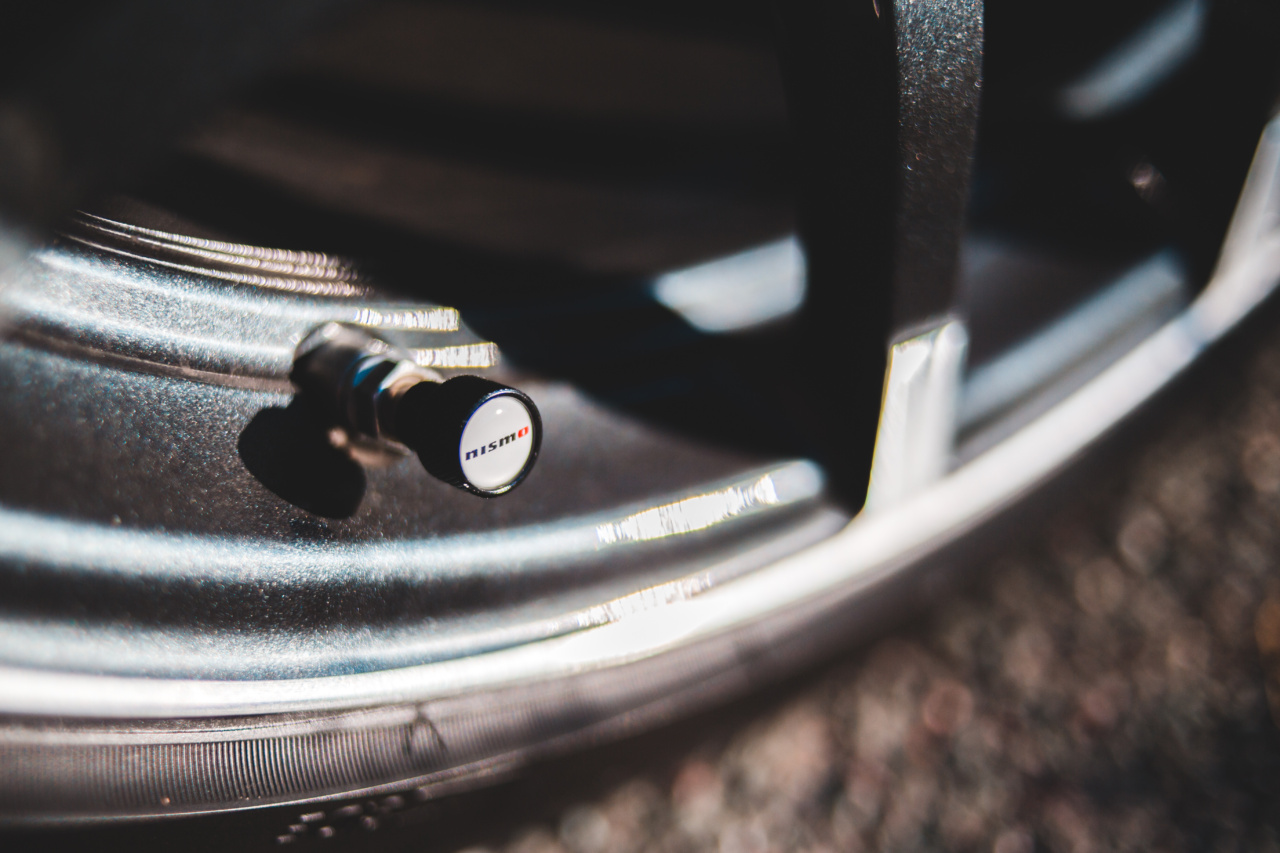High blood pressure, also known as hypertension, is a common health issue that affects millions of people worldwide. If left untreated, it can lead to serious complications such as heart disease, stroke, and kidney problems.
Fortunately, there are several quick fixes that can help you lower your blood pressure and improve your overall health. In this article, we will discuss ten effective strategies to manage high blood pressure naturally.
1. Watch Your Salt Intake
One of the most important steps in managing blood pressure is reducing your salt intake. When you consume high amounts of sodium, it can cause your body to retain water, which increases blood pressure.
Limiting your salt intake by avoiding processed foods, using herbs and spices instead of salt for flavoring, and checking food labels for sodium content can help keep your blood pressure in check.
2. Maintain a Healthy Weight
Excess weight and obesity can contribute to high blood pressure. By losing weight, you can significantly lower your blood pressure levels. Aim to maintain a healthy body mass index (BMI) by following a balanced diet and engaging in regular exercise.
This can not only help reduce blood pressure but also improve overall cardiovascular health.
3. Engage in Regular Physical Activity
Regular exercise is not only beneficial for weight management but also plays a vital role in maintaining healthy blood pressure.
Engaging in aerobic activities like brisk walking, jogging, cycling, or swimming for at least 30 minutes a day can help lower blood pressure and improve heart health. Additionally, strength training exercises a few times a week can also be beneficial.
4. Optimize Your Diet
A healthy diet can have a significant impact on blood pressure management. Incorporate foods that are rich in potassium, such as bananas, leafy greens, and sweet potatoes, as potassium helps counterbalance the effects of sodium.
Additionally, include foods that are high in magnesium, such as spinach, nuts, and whole grains, which can also help relax blood vessels and lower blood pressure.
5. Limit Alcohol Consumption
Excessive alcohol consumption can lead to a rise in blood pressure levels. To maintain healthy blood pressure, it is important to limit alcohol intake.
Men should have no more than two standard drinks per day while women should not exceed one standard drink. Avoiding or reducing alcohol intake can have a positive impact on your blood pressure readings.
6. Quit Smoking
Smoking not only damages your lungs but can also significantly raise blood pressure. Chemicals in tobacco can cause your blood vessels to narrow, leading to increased pressure within them.
Quitting smoking can greatly improve your overall health and help lower your blood pressure levels.
7. Manage Stress
Chronic stress can contribute to high blood pressure. Finding ways to manage stress can have a positive impact on blood pressure readings.
Engage in activities that help you relax, such as meditation, deep breathing exercises, yoga, or hobbies that you enjoy. Taking time out for self-care can help lower your stress levels and improve your overall well-being.
8. Limit Caffeine Intake
Caffeine can temporarily raise blood pressure, so it’s important to limit your intake if you have hypertension. Avoid consuming excessive amounts of coffee, tea, soda, and energy drinks.
Opt for herbal teas or decaffeinated versions instead, as these are less likely to affect your blood pressure.
9. Get Enough Sleep
Getting adequate sleep is crucial for maintaining overall health, including blood pressure. Lack of quality sleep or too little sleep can contribute to increased blood pressure levels.
Aim for 7-8 hours of uninterrupted sleep each night to promote optimal cardiovascular health and help lower your blood pressure.
10. Regularly Monitor Your Blood Pressure
Lastly, it is essential to regularly monitor your blood pressure levels to track your progress and ensure that your efforts are effective. Use a reliable home blood pressure monitor and keep a record of your readings.
This can help you and your healthcare provider make informed decisions about your treatment plan.






























